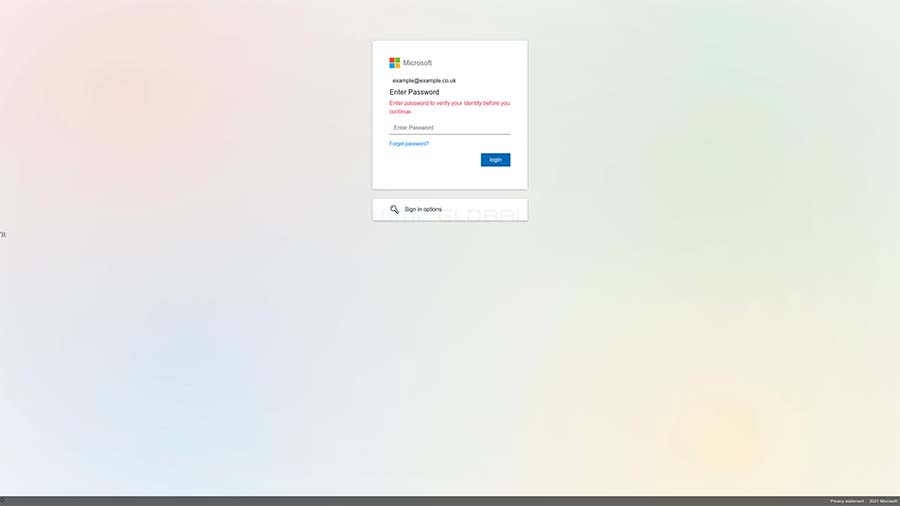In 2025, mobile phishing is no longer a fringe threat,it has become central to modern fraud economies. Yet many customer-facing brands remain underprepared, underinvested, and dangerously exposed. Banks, retailers, payment companies: if you believe mobile phishing is someone else’s problem, you’re betting against a growing (and costly) fraud vector. It’s time to face the reality: smishing and vishing are not just rising,they are increasingly effective, and the cost of inaction is high.
10 min read
Mobile Phishing: Why Brands Are Losing
By WMC Global Cyber Threat Intelligence Team on 12/1/25 9:49 AM
Topics: Phishing SMS Phishing Vishing
19 min read
2022 Year In Review
By WMC Global Cyber Threat Intelligence Team on 1/31/23 1:51 PM
The WMC Global Threat Intelligence Team observed a noticeable escalation in targeted and sophisticated phishing campaigns throughout 2022, with a surge in SMS phishing and a decrease in campaigns featuring large corporations. Threat actors began to shift their focus to developing smish-to-vish campaigns — campaigns where threat actors use phone numbers in SMS messages as opposed to link-based phishing. In 2022, we also finally saw a move away from Covid-19 phishing lures as pandemic-related government funds and support stopped. Several new threat actors made an appearance in 2022 with prolific and novel campaigns explored below targeting banks and big name brands.
The latest US trend has seen threat actors moving from generic, wide-reaching phishing attacks using major banks as lures to targeted attacks featuring small credit unions. Although customers of financial institutions are the most common mark, there was a jump in threat actors specifically targeting credit union customers throughout the US, whereas in the UK a prevalent phishing campaign took advantage of the government-backed energy rebate scheme as energy prices peaked at an all-time high. As expected, big brands like Microsoft, Apple, Netflix, and PayPal were still targeted regularly throughout the year.
Topics: SMS Attack Phishing Phishing Kit Microsoft Office 365 Banking Hermes Courier Scam Food Delivery Service Phishing SMS Phishing Just Eat Uber Eats Credential Phishing Food Delivery App Phishing package delivery scam
6 min read
UK Private School Applicants Targeted With Phishing Attack
By WMC Global Cyber Threat Intelligence Team on 11/21/22 12:54 PM
Topics: Phishing Phishing Kit Threat Intel Data Exfiltration
1 min read
Emerging Trends in SMS Phishing
By WMC Global Cyber Threat Intelligence Team on 11/8/22 10:15 AM
WMC Global's Ben Coon, VP of Threat Intelligence, and Bobby Preston, Threat Analyst and Sr. Business Development Manager, presented at SaintCon this October.
Topics: SMS Attack Kit Analysis Phishing Phishing Kit Threat Intel finance 2FA Two-Factor Authentication Voice Passwords SMS Phishing Credential Phishing smishing Vishing financial institutions
8 min read
Introducing MRWEEBEE
By WMC Global Cyber Threat Intelligence Team on 11/2/22 3:20 PM
Since July 2021, WMC Global analysts have been tracking an emerging threat actor known as MRWEEBEE who is creating and selling phishing kits targeting customers of banks and credit unions in the United States. WMC Global threat analysts have been monitoring MRWEEBEE closely by investigating the threat actor’s tactics, techniques, and procedures (TTPs) found in their phishing kits. WMC Analysts paid close attention to how MRWEEBEE's kits collect personal identifiable information (PII), email credentials, banking details, payment information, and how they evade detection with extensive bot blocking.
Topics: Phishing Phishing Kit Threat Intel Data Exfiltration Victim File Credential Phishing
6 min read
Threat Actor "Robin Banks" Phishing Kit Revisions
By WMC Global Cyber Threat Intelligence Team on 8/31/22 10:22 AM
In July, a report was released spotlighting a threat actor known as Robin Banks. WMC Global was also tracking this threat actor and noticed the scammer's attack infrastructure quickly went offline at the time of the article’s publication. It is possible this was done by the intel vendor or the threat actor trying to hide but may also have been an unknown party. Only a matter of weeks later, WMC Global analysts discovered Robin Banks was still operating and had rebuilt their backend phishing operation to be more resilient to takedowns, highlighting their awareness of the original article.
Topics: SMS Attack Phishing Phishing Kit Threat Intel SMS Phishing Credential Phishing
7 min read
Just Eat - UK Food Delivery Service Customers Targeted by SMS Phishing
By WMC Global Cyber Threat Intelligence Team on 4/12/22 9:53 AM
Over the last two years, threat actors have found many lucrative ways to exploit pandemic-induced lifestyle changes and financial strain by creating scams using package delivery services as well as unemployment payments, grants, and vaccine passports as lures. As the world begins to adjust to life beyond Covid-19, threat actors are creating new lures, while still focusing on consumer behavior driven by the pandemic.
Topics: Covid SMS Attack Phishing Covid-19 Food Delivery Service Phishing SMS Phishing Just Eat Deliveroo Uber Eats Credential Phishing Food Delivery App Phishing
12 min read
Microsoft Office 365 Voicemail Phishing Attack
By WMC Global Cyber Threat Intelligence Team on 12/9/21 10:00 AM
On December 1st, WMC Global encountered a large-scale email phishing campaign targeting Microsoft Office 365’s voicemail functionality. The email subject, “Voiceᴍᴀɪʟ,” uses several Latin characters in an attempt to bypass email filtering systems. The attack was live until December 4th.
Topics: Phishing Phishing Kit Threat Intel Microsoft Office 365 Voicemail Voice Victim File Passwords
6 min read
Phishing Lures Imitate Government Bodies Offering COVID-19 Relief
By WMC Global Cyber Threat Intelligence Team on 8/11/21 8:31 AM
This blog is released in partnership with Mobile Ecosystem Forum (MEF), of which WMC Global is a proud member.











